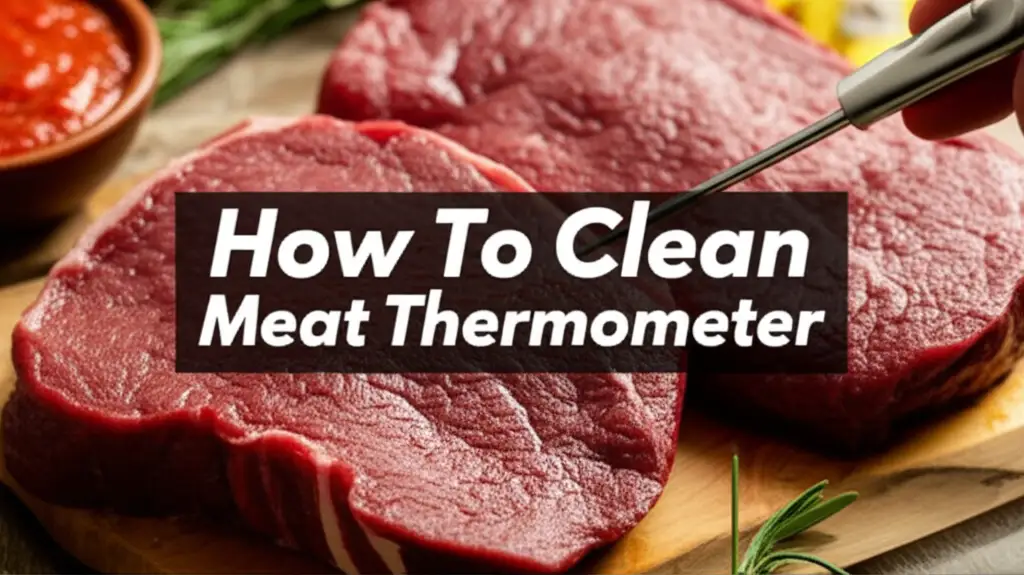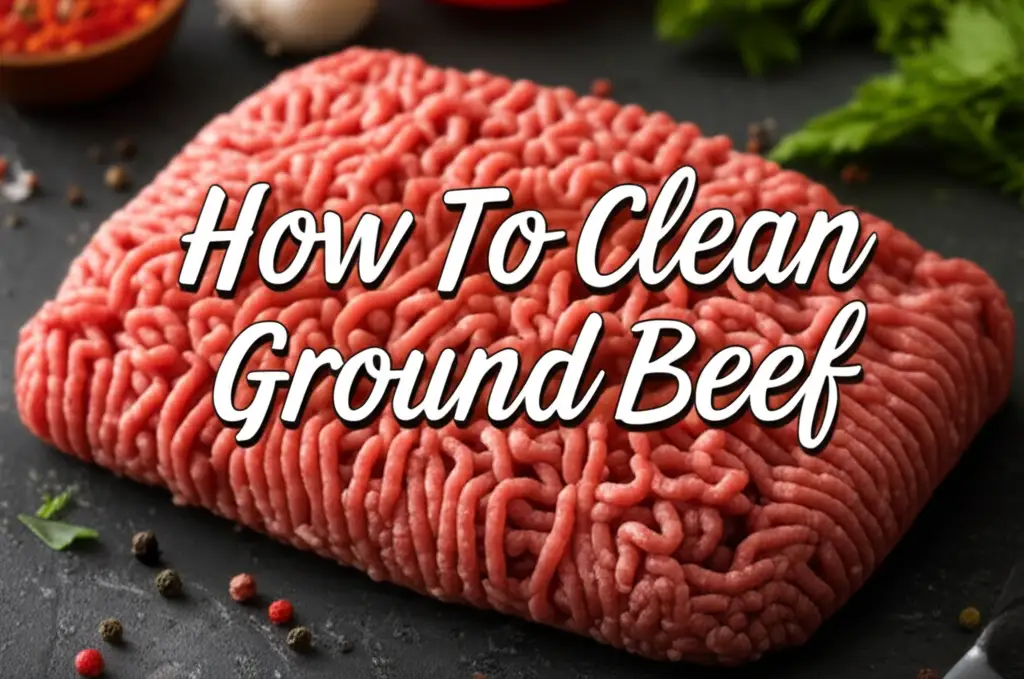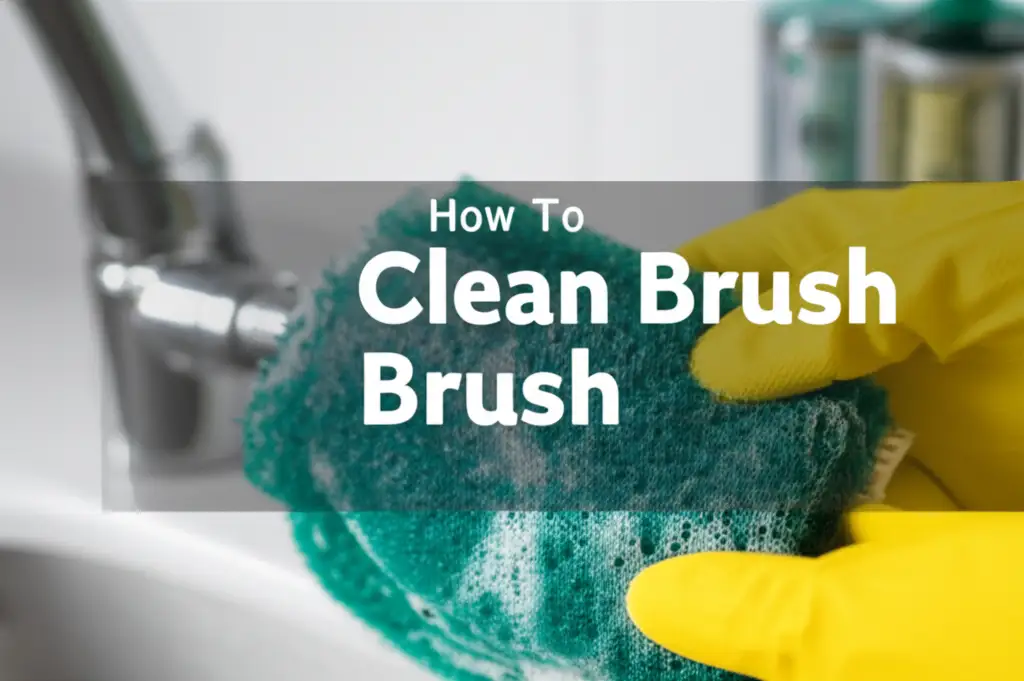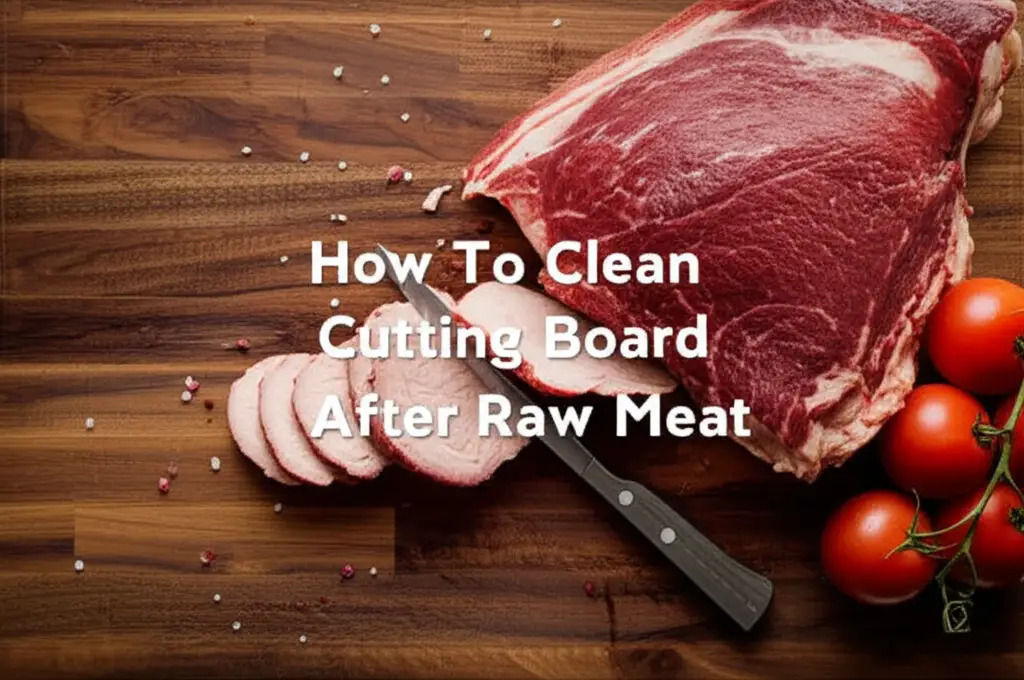· Kitchen Hygiene · 17 min read
How To Clean Dishes That Touched Raw Chicken
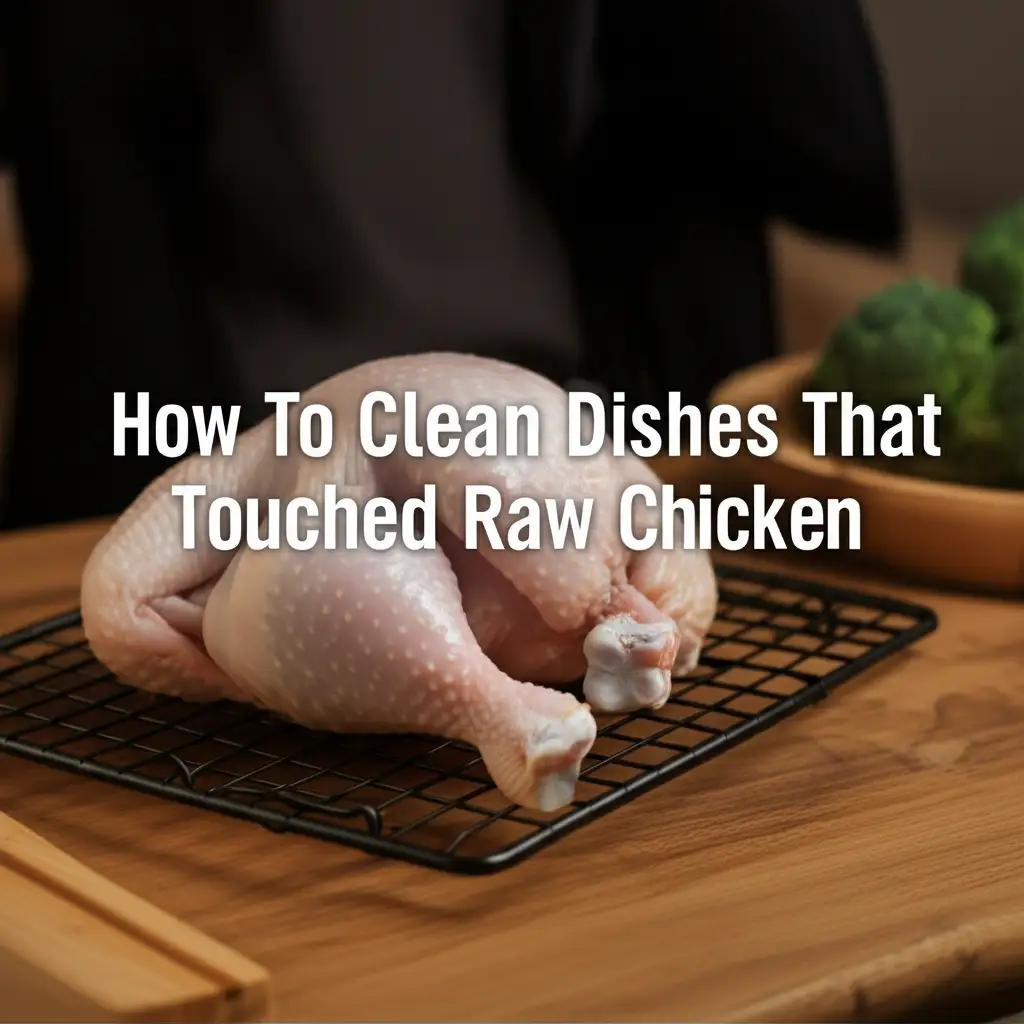
Safely Clean Dishes After Raw Chicken Exposure
Handling raw chicken in the kitchen means you must pay close attention to cleanliness. Raw chicken often carries harmful bacteria like Salmonella. These bacteria can cause serious illness. Properly cleaning dishes that touched raw chicken is not just a good habit; it is vital for your family’s health. We want to help you keep your kitchen safe. This guide shows you exactly how to clean these dishes effectively. You will learn about immediate steps, cleaning methods, and how to prevent future contamination.
Takeaway
- Act fast: Clean all surfaces and dishes immediately after contact.
- Wash thoroughly: Use hot, soapy water or a dishwasher on a hot cycle.
- Sanitize effectively: Disinfect surfaces and non-porous items with bleach solution or heat.
- Prevent spread: Keep raw chicken separate from other foods and clean hands often.
To effectively clean dishes that touched raw chicken, wash them immediately in hot, soapy water, scrubbing thoroughly to remove all residues. For best results, sanitize them with a bleach solution or run them through a dishwasher on a hot, sanitizing cycle to kill harmful bacteria.
Immediate Steps: What To Do Right Away
You just finished preparing raw chicken. Now, you have dishes that touched it. Your first actions are critical for food safety. You need to act quickly. Do not let raw chicken juices sit on dishes. Bacteria multiply fast at room temperature.
The goal is to stop cross-contamination. This means preventing bacteria from spreading. Bacteria can go from the chicken to your dishes. They can then go to your hands, other foods, or countertops. We must break this chain. My immediate step is always to isolate contaminated items.
Clearing The Workspace
Start by moving all items that touched raw chicken. This includes cutting boards, knives, bowls, and plates. Place them in a designated area. A separate sink basin or a large container works well. Keep them away from clean dishes or food. This simple step helps prevent bacteria spread.
Next, wipe down your immediate workspace. Use a disposable paper towel. You can also use a clean cloth. Throw away the paper towel immediately after use. If you use a cloth, put it directly into the laundry. Wash it with hot water later. Do not reuse it for other cleaning tasks. This prevents spreading germs.
Handwashing Is First
Always wash your hands immediately after touching raw chicken or contaminated dishes. Use warm water and soap. Rub your hands for at least 20 seconds. This removes any bacteria you might have picked up. I always sing “Happy Birthday” twice to time it.
Proper handwashing is a key food safety practice. It stops the spread of bacteria to other kitchen items. It also protects your own health. Make this a firm habit. Your health depends on it.
Handwashing Dishes That Touched Raw Chicken
Handwashing dishes that touched raw chicken requires a specific approach. Normal dishwashing might not be enough. You need to focus on killing bacteria, not just removing food bits. This process ensures your dishes become truly safe. I take these steps every time to feel secure.
First, prepare your sink. You need hot water. The hotter, the better. Wear gloves to protect your hands from very hot water and cleaning agents. Fill the sink with hot water and add dish soap. Use enough soap to create good suds. Suds help lift dirt and grime.
Scrubbing And Rinsing
Scrub each dish thoroughly. Use a dedicated brush or sponge for raw meat cleanup. Do not use your regular dish sponge. If you do, that sponge becomes contaminated. Bacteria can then spread to other dishes. You must scrub all surfaces. Pay special attention to cracks and crevices. Bacteria hide in these spots.
After scrubbing, rinse each dish under very hot running water. The hot water helps remove soap and any remaining particles. It also adds a layer of sanitization. Make sure no soapy residue remains. Each dish should feel clean and smooth.
Sanitizing Non-Porous Items
After washing, you need to sanitize non-porous items. Non-porous items include glass, ceramic, and metal. A simple bleach solution works well. Mix one tablespoon of unscented liquid chlorine bleach with one gallon of water. Dip the washed dishes into this solution. Let them soak for at least one minute. This contact time kills harmful bacteria.
Alternatively, you can use boiling water for heat sanitization. Pour boiling water over the dishes. Let them sit in the hot water for a minute. Be careful not to burn yourself. Always use tongs or other tools. This heat method is very effective for killing germs.
Dishwasher Cleaning For Raw Chicken Contact
Using a dishwasher is one of the most effective ways to clean dishes that touched raw chicken. Dishwashers use very hot water. They also use strong detergents. These elements combined kill most harmful bacteria. My dishwasher is a tool I trust for this job.
Load your dishwasher carefully. Do not pre-rinse dishes excessively. Small food particles help the detergent work better. Make sure water can reach all surfaces of each dish. Overloading prevents thorough cleaning. This is true for all dishwasher loads.
Choosing The Right Dishwasher Cycle
Select the hottest wash cycle available. Many modern dishwashers have a “sanitize” cycle. This cycle uses extra hot water, often above 150°F (65°C). This high temperature is crucial for killing bacteria. If your dishwasher has this option, use it.
If your dishwasher lacks a sanitize cycle, choose the longest and hottest normal cycle. Use a good quality dishwasher detergent. Some detergents contain enzymes that help break down food residue. This combination of heat and detergent provides a powerful cleaning action. Ensure your dishwasher is also clean itself. Learn how to clean a dishwasher with vinegar and baking soda regularly. A clean dishwasher cleans your dishes better.
Drying Dishes Properly
After the wash cycle finishes, allow dishes to air dry completely. The hot temperature of the dishwasher helps them dry quickly. Air drying is better than towel drying. Towels can reintroduce germs if not perfectly clean. If you must use a towel, use a fresh, clean one. This prevents any cross-contamination after washing.
Store dishes only after they are completely dry. This prevents mold and mildew growth. Dry dishes are also less likely to harbor any lingering bacteria. Proper drying is the final step in ensuring hygiene. I always wait until my dishes are fully dry before putting them away.
Cleaning Utensils And Cutting Boards After Raw Chicken
Utensils and cutting boards need special attention after touching raw chicken. They often have direct and prolonged contact. This means a higher risk of bacterial transfer. I always prioritize these items during cleanup.
Knives, spatulas, and spoons are often made of non-porous materials. However, cutting boards vary. Wood and plastic boards have different cleaning needs. Understanding these differences helps you clean them properly. Always separate them from other kitchen items first.
Sanitizing Utensils
For metal or plastic utensils, wash them in hot, soapy water. Scrub all surfaces well. Pay attention to handles and joints where food might hide. Then, sanitize them. You can use a bleach solution, as described earlier. One minute soak time is enough.
Another method for metal utensils is boiling. Carefully place them in boiling water for at least one minute. This heat kills bacteria effectively. Always use tongs to handle hot items. Allow them to air dry completely after sanitizing. This step is crucial for overall kitchen safety.
Caring For Cutting Boards
Cutting boards come in different materials. Each needs specific care.
- Plastic Cutting Boards: These are usually dishwasher-safe. Run them through the sanitize cycle for best results. If handwashing, use hot, soapy water. Scrub hard with a stiff brush. Then, sanitize with a bleach solution or boiling water. Plastic boards can wear over time. Deep grooves can trap bacteria. Replace them when they show many cuts or deep grooves.
- Wooden Cutting Boards: Wooden boards are porous. They absorb liquids. This makes them more challenging to sanitize. Never put wooden boards in a dishwasher. The high heat can warp and crack them. Handwash immediately with hot, soapy water. Scrub well. Then, sanitize them with a diluted bleach solution (1 tablespoon bleach per gallon of water) or a vinegar solution. Let the solution sit for a few minutes. Rinse thoroughly. Allow to air dry completely. For more detailed instructions on maintaining wooden boards, learn how to clean a wood cutting board after raw meat. Proper care extends their life and keeps them safe.
Preventing Cross-Contamination With Raw Chicken
Preventing cross-contamination is as important as cleaning. It stops the spread of bacteria before it starts. This proactive approach saves you time and reduces risk. I always follow a few simple rules when working with raw chicken. These rules keep my kitchen much safer.
Cross-contamination happens when bacteria move from one place to another. This often happens from raw meat juices. It can also happen from contaminated hands or utensils. You must be mindful of every step. Think about what touches what.
Dedicate Tools And Surfaces
Use separate cutting boards for raw meat and produce. I have different colored boards for this purpose. One color is for raw meats, another for vegetables. This simple system makes it easy to keep things separate. This prevents raw meat bacteria from getting onto foods eaten raw.
Similarly, use separate knives or utensils for raw meat. Wash these specific tools immediately after use. Do not use the same knife to cut chicken and then chop vegetables without cleaning it first. This is a common mistake. It can lead to foodborne illness.
Manage Raw Chicken Juices
Raw chicken juices are a primary source of bacteria. Place raw chicken on a plate or in a container before handling. This catches any drips. Never place raw chicken directly on your countertop. If juices leak, they can contaminate your surfaces.
When marinating chicken, do it in a covered container. Place it on the bottom shelf of your refrigerator. This stops juices from dripping onto other foods. Also, never reuse marinade that touched raw chicken without boiling it first. Boiling kills bacteria. I sometimes prepare an extra batch of marinade just for serving.
Practice Consistent Hand Hygiene
Wash your hands often when working with raw chicken. Wash them before touching anything else. Wash them after touching raw chicken. Wash them again after cleaning up. Use soap and water for at least 20 seconds. Hand sanitizer is not a substitute for washing. It can kill some germs but does not remove all types of bacteria or viruses effectively. This simple step is your best defense against spreading germs.
Natural Cleaning Agents For Kitchen Hygiene
Many people prefer natural cleaning agents. They are effective and often safer for the environment. Some natural options work well for kitchen hygiene. These agents can help sanitize your dishes and surfaces. I often use these for a deep, natural clean.
Common natural cleaning agents include vinegar and baking soda. Both have properties that aid in cleaning and sanitizing. They are readily available and inexpensive. Understanding how to use them effectively is key.
Vinegar’s Role In Sanitization
White vinegar is a weak acid. It can kill certain bacteria and viruses. It is effective for light sanitization. After washing dishes with soap and water, you can use a vinegar rinse. Mix equal parts white vinegar and water. Spray it on non-porous surfaces. You can also soak dishes in it for a few minutes.
Vinegar also helps remove odors. It leaves surfaces smelling fresh. Rinse thoroughly after using vinegar. This removes the vinegar smell and any loosened bacteria. Vinegar is a good option for those who want to avoid harsh chemicals. It can be used for many cleaning tasks. For more uses, learn how to clean with vinegar and baking soda.
Baking Soda For Cleaning And Deodorizing
Baking soda is a mild abrasive. It is also a natural deodorizer. You can use baking soda to scrub dishes. Mix it with a little water to form a paste. This paste can help remove stuck-on food. It is gentle on most surfaces. Baking soda also absorbs odors.
After cleaning dishes, sprinkle baking soda on your sponge. Use it to wipe down countertops. Let it sit for a few minutes. Then wipe it clean. This helps neutralize any lingering smells. Baking soda and vinegar together create a powerful fizzing reaction. This can help dislodge stubborn grime in drains and on surfaces.
Essential Oils For Added Freshness
Some essential oils have antimicrobial properties. Tea tree oil and lemon oil are common choices. Add a few drops to your cleaning solution. You can add them to a spray bottle of water and vinegar. This adds a pleasant scent. It also provides a small boost in germ-fighting power.
Always dilute essential oils before use. Do not apply them directly. They are very concentrated. Test a small area first if you are unsure. While these oils can help, they are not a substitute for proper washing and sanitizing. Always prioritize hot water and soap.
Common Mistakes To Avoid When Cleaning
Even with good intentions, people make mistakes when cleaning dishes that touched raw chicken. These errors can undermine your efforts. They can lead to unsafe kitchen conditions. I want to highlight these common pitfalls. Avoiding them ensures your cleaning is truly effective.
Understanding what not to do is as important as knowing what to do. It helps you build good habits. It also makes your kitchen a safer place. Let’s look at some frequent errors.
Not Washing Immediately
Delaying cleanup is a major mistake. Bacteria multiply rapidly on surfaces at room temperature. The longer raw chicken residue sits, the more bacteria grows. This makes the cleaning job harder. It also increases the risk of spreading germs. Always clean dishes and surfaces right away. Make it a priority. Do not leave contaminated items for later.
I always tell people to think of it as a race against germs. The faster you clean, the more likely you win.
Using The Same Sponge
Using the same sponge for everything is a big problem. A sponge used on raw chicken dishes becomes a germ carrier. If you then use that same sponge on other dishes or countertops, you spread bacteria. This is a primary source of cross-contamination.
Always use a separate sponge or brush for raw meat cleanup. Better yet, use disposable paper towels for initial wipes. Sanitize or replace your sponges often. You can microwave damp sponges for one minute to kill germs. Or, run them through the dishwasher. Replace sponges weekly or when they start to smell.
Incomplete Drying
Drying dishes completely seems minor. But it is crucial. Moisture helps bacteria grow. If dishes are stored wet, bacteria can multiply on them. This makes all your cleaning efforts useless. Always allow dishes to air dry completely. Or, use a very clean, dry towel.
Do not stack wet dishes. This traps moisture. It creates a perfect breeding ground for mold and bacteria. Proper drying is the final, often overlooked, step in hygiene. My rule is: if it’s not dry, it doesn’t go in the cupboard.
Ignoring Adjacent Surfaces
Raw chicken juices can splash. They can splash onto countertops, sink faucets, and even cabinet handles. Cleaning only the dishes is not enough. You must clean all surfaces that might have been contaminated.
Wipe down your countertops. Disinfect your sink. Clean faucet handles. Change dish towels that might have touched contaminated surfaces. This thorough approach prevents hidden germ spots. Think of it as a splash zone. Everything in that zone needs cleaning.
Advanced Kitchen Cleaning Strategies For Food Safety
Beyond daily cleaning, advanced strategies enhance kitchen safety. These methods provide a deeper level of sanitization. They help maintain a consistently hygienic environment. I use these strategies periodically. They give me peace of mind.
Regular deep cleaning prevents germ buildup. It addresses areas often missed during quick cleanups. This holistic approach significantly reduces foodborne illness risk. It is an investment in your family’s health.
Deep Cleaning Your Sink
Your kitchen sink is a high-traffic area. It often comes into contact with raw food residues. Even if you wash dishes, the sink itself can harbor bacteria. Deep cleaning your sink regularly is vital.
After washing dishes, rinse your sink. Then, use a disinfectant spray or a bleach solution. Spray the entire sink basin, including the faucet and handles. Let it sit for a few minutes. Then, rinse thoroughly with hot water. You can also scrub the sink with baking soda and then rinse with vinegar. This helps clean and deodorize.
Disinfecting Drains And Disposals
Drains and garbage disposals can become sources of bacteria and odors. Food particles often get trapped in them. Flush your drain with hot water after each use. Periodically, pour a cup of white vinegar down the drain. Let it sit for 30 minutes. Then, flush with hot water.
For garbage disposals, put a few ice cubes and lemon peels into it. Run the disposal with cold water. The ice helps dislodge grime. The lemon provides a fresh scent. For a deeper clean, use a specialty disposal cleaner. This removes buildup and kills germs.
Regular Appliance Wipe-Downs
Kitchen appliances, such as refrigerators, microwaves, and stove tops, can also collect germs. Wipe down appliance handles and control panels daily. These are high-touch surfaces. Use a disinfectant wipe or spray.
Periodically, empty your refrigerator. Wipe down all shelves and drawers. Raw meat juices can leak inside. Use a mild soap and water solution. For spills, use a disinfectant. This prevents bacteria from growing inside your fridge. A clean fridge keeps your food safe.
Sanitize Dish Racks And Drying Mats
Dish racks and drying mats collect water and food particles. They can become breeding grounds for mold and bacteria. Clean them regularly. For plastic or metal dish racks, you can put them in the dishwasher. Run them on a hot cycle.
For drying mats, wash them in your washing machine on a hot cycle. Use laundry detergent and a sanitizing agent like bleach (if suitable for the material). Air dry them completely before reusing. This prevents them from re-contaminating your clean dishes.
FAQ Section
How quickly should I clean dishes after raw chicken contact?
You should clean dishes immediately after they touch raw chicken. Do not let raw chicken juices or particles sit. Bacteria like Salmonella multiply fast at room temperature. Quick cleaning stops the spread of germs. It also reduces the risk of foodborne illness.
Can I just rinse dishes that touched raw chicken with hot water?
No, rinsing with hot water alone is not enough. Hot water removes some residue, but it does not kill all bacteria. You must use hot, soapy water and scrub thoroughly. Follow this with a sanitizing step, like a bleach solution or a dishwasher’s sanitize cycle, to ensure safety.
Is it safe to put raw chicken dishes in the dishwasher?
Yes, it is very safe and recommended to put dishes that touched raw chicken in a dishwasher. Dishwashers use very hot water and strong detergents. Many dishwashers have a “sanitize” cycle that reaches temperatures high enough to kill harmful bacteria effectively.
What should I use to sanitize a wooden cutting board after raw chicken?
For wooden cutting boards, wash them with hot, soapy water first. Then, you can sanitize them using a diluted bleach solution (1 tablespoon bleach per gallon of water). Alternatively, a strong white vinegar solution can work. Rinse thoroughly and allow the board to air dry completely.
How do I prevent cross-contamination during cooking?
Prevent cross-contamination by using separate cutting boards and utensils for raw meat and other foods. Wash your hands thoroughly with soap and water after touching raw chicken. Keep raw chicken juices from dripping onto other foods. Store raw chicken on the bottom shelf of your refrigerator.
Can raw chicken residue make me sick?
Yes, raw chicken residue can make you sick. Raw chicken often carries harmful bacteria such as Salmonella and Campylobacter. If these bacteria get into your food or onto your hands and then into your mouth, they can cause foodborne illnesses, leading to symptoms like fever, diarrhea, and vomiting.
Conclusion
Cleaning dishes that touched raw chicken is a critical part of maintaining a safe kitchen. You have learned that immediate action, proper washing, and effective sanitization are essential. By following these steps, you prevent the spread of harmful bacteria like Salmonella. This protects your family from foodborne illnesses. Remember to wash all items thoroughly with hot, soapy water or use a dishwasher’s sanitize cycle. Always dedicate separate tools for raw meat. Keep your hands clean.
My hope is that this guide gives you confidence in your kitchen. Your commitment to proper hygiene ensures a safer cooking environment. For more tips on keeping your home sparkling clean and safe, explore other guides on our website. Stay proactive with your cleaning. A clean kitchen means a healthier home.
- food safety
- kitchen hygiene
- cross-contamination
- dish cleaning
- sanitize kitchen
- raw chicken safety
- bacterial prevention

